Causes, Transmission, And Risk Factors Of Rift Valley Fever
Rift Valley fever is an emerging disease of humans and domesticated livestock such as sheep, goats, and cattle. The causative agent is Rift Valley fever virus, a member of the Bunyaviridae family of RNA viruses. It is endemic to sub-Saharan Africa and part of the Arabian peninsula. The virus was first identified after a 1931 outbreak at a Kenyan sheep farm. The virus is highly lethal in young livestock, often presenting as hemorrhagic fever and will induce abortions in pregnant animals. In humans, it usually causes a mild disease with flu-like symptoms. In a minority of patients, serious complications develop, chief among these are hemorrhagic fever and encephalitis.
Contact With Infected Animals
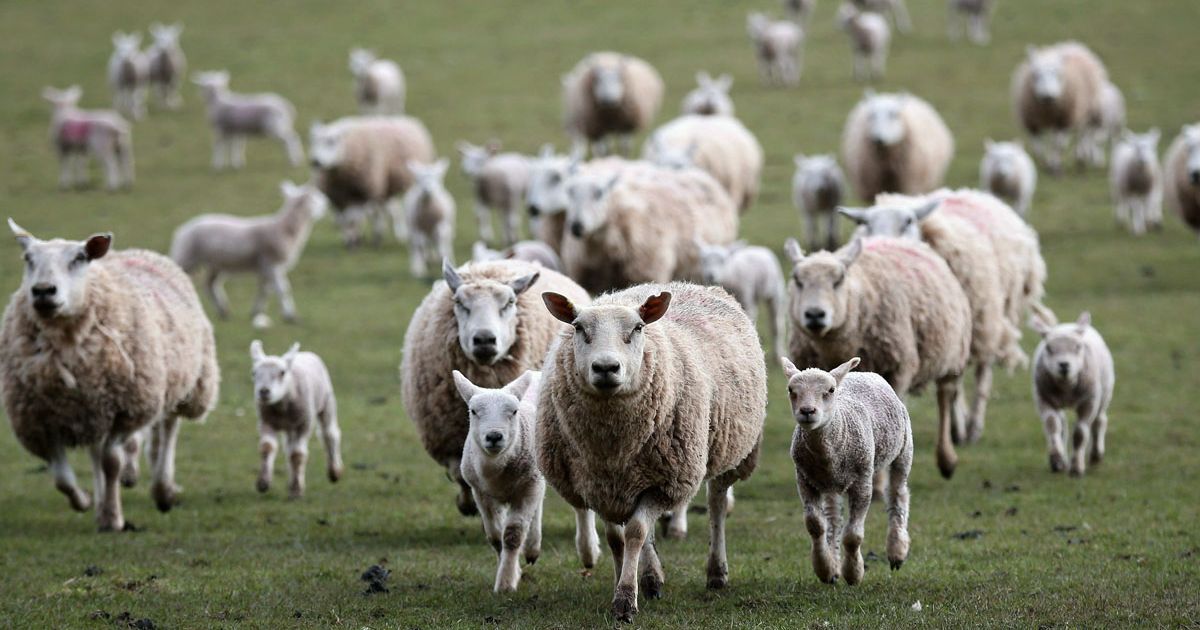
Contact with blood, tissues, or body fluids of infected livestock is a common route of transmission. The virus can be found in high concentration in the blood and organs of diseased animals. Handling sick animals may allow the virus to penetrate the broken skin and gain entry to the bloodstream. A study in 2010 of a flare-up in South Africa concluded eighty-one percent of the 172 human cases had direct contact with infected animals. In 2012, a Mauritania epidemic led to the death of seventeen humans and an unknown number of infected livestock. Once again, the majority of individuals had been in direct contact with Rift Valley fever infected animals.
Epidemiological studies of a major outbreak from 2009 to 2011 in South Africa in which over fourteen thousand animals and 250 humans were infected, determined that most human cases were related to close contact with sick animals. Along with external contact, ingestion of raw meats, dairy products, or undercooked meat from infected livestock can transmit the virus. While there is no vaccine for humans, there are promising vaccines in development for field use in animals. Preventive measures should include isolating sick animals and wearing gloves and face masks when working with livestock in regions where the virus is endemic.
Handling Animal Tissue During Butchering
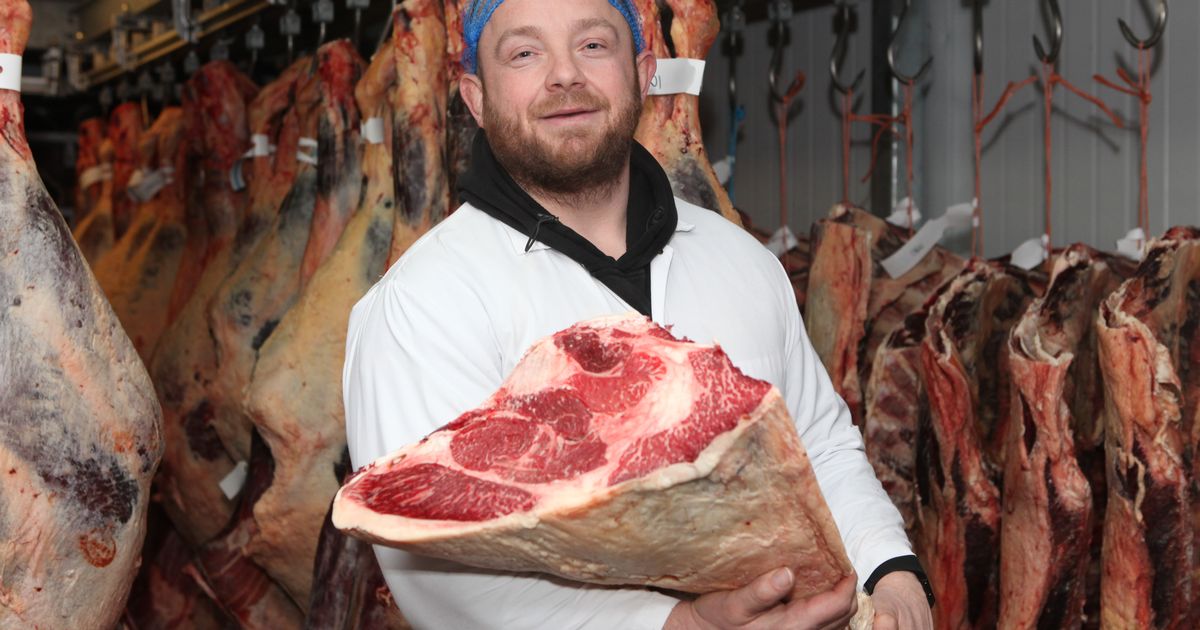
After infection by Rift Valley fever virus, the virus spreads and becomes widely disseminated in the animal's tissues. This poses a hazard to those preparing livestock for food. Handling animal tissue during butchering can transmit the virus through small cuts on the person's hands or arms. Sometimes a small scratch is sufficient for entry to the worker's bloodstream. Individuals in rural villages need to be educated on best hygiene practices to limit transmission of the virus.
Warm temperatures, unsanitary conditions, and lack of protective equipment increase the exposure risk. The Rift Valley fever virus replicates rapidly in raw meat at warm temperatures. Although there are sophisticated tests to detect its presence, any sudden group of deaths among livestock should trigger further investigation and possible quarantining of farm animals. The consumption of local livestock should cease until definitive testing is complete.
Assisting With Animal Births
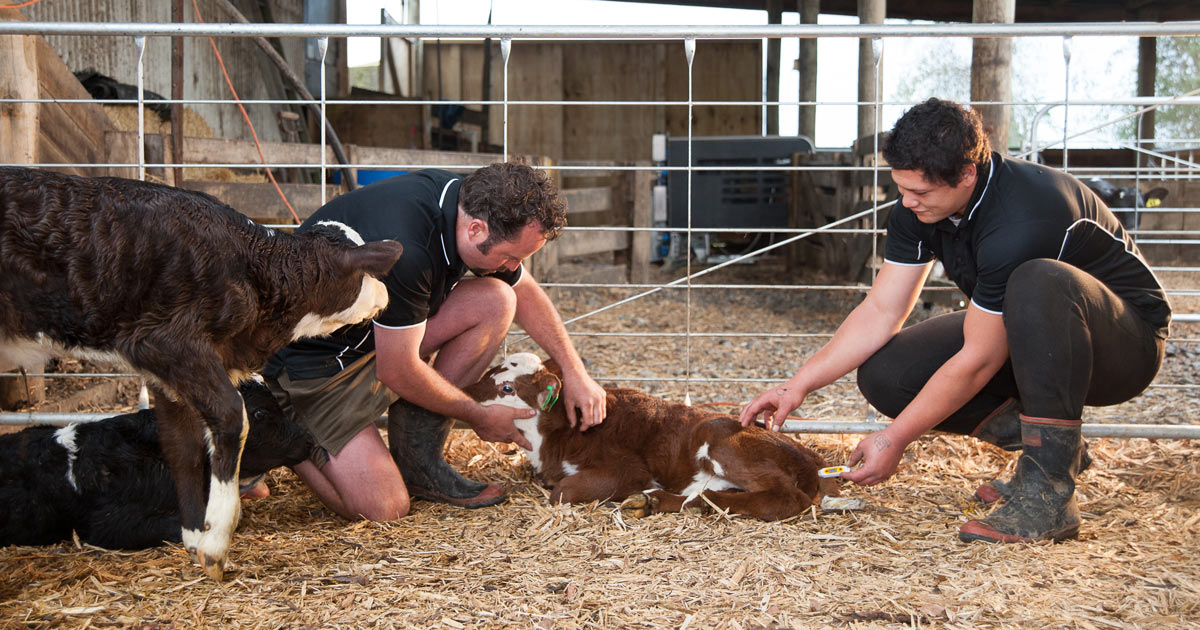
On small rural family farms in sub-Saharan Africa, it is a common practice to help with the birth of livestock. This practice of assisting with animal births may expose the individual to an infected fetus along with the sick mother. Although mature mothers usually survive exposure to the virus, it causes severe illness in young animals. Young sheep, for example, have mortality rates of ninety percent versus ten percent for adults.
Fetuses appear to be even more susceptible, with an abortion rate approaching one hundred percent in infected ewes. Helping to dispose of an aborted fetus, may expose the worker through direct contact or through inhalation of aerosolized body fluids and blood. Gloves should be worn, as well as a mask and face shield, to prevent exposure to droplets carrying the virus.
Veterinary Procedures
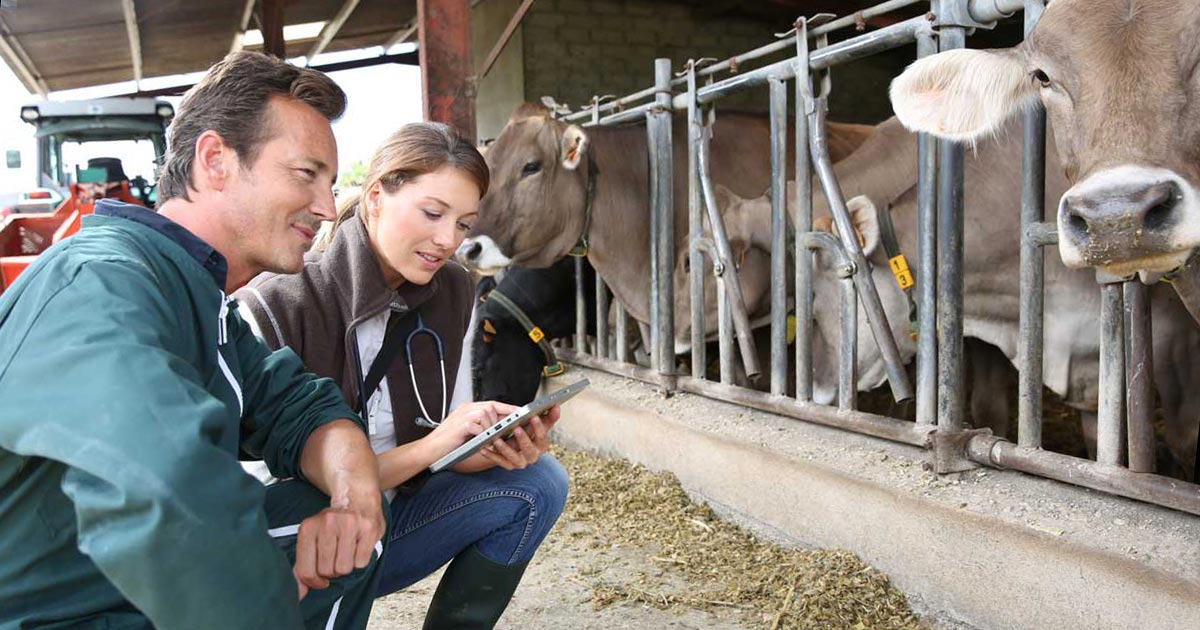
Veterinarians in regions of southern Africa and the Arabian peninsula are at increased risk of exposure to Rift Valley fever virus. Studies indicate close contact with domesticated livestock is the primary route of transmission to humans. In a wave of cases in South Africa in 2008, twenty-one percent of veterinarians had acute illness compared to nine percent of local farmers. The data showed direct contact such as animal autopsies significantly increased the risk of contracting the disease. Numerous veterinary procedures such as surgical intervention on an infected animal may spread the virus to vets and staff. Since Rift Valley fever can be transmitted by inhalation of infected droplets, biosafety measures should always include gloves, goggles, and face masks.
At-Risk Occupations
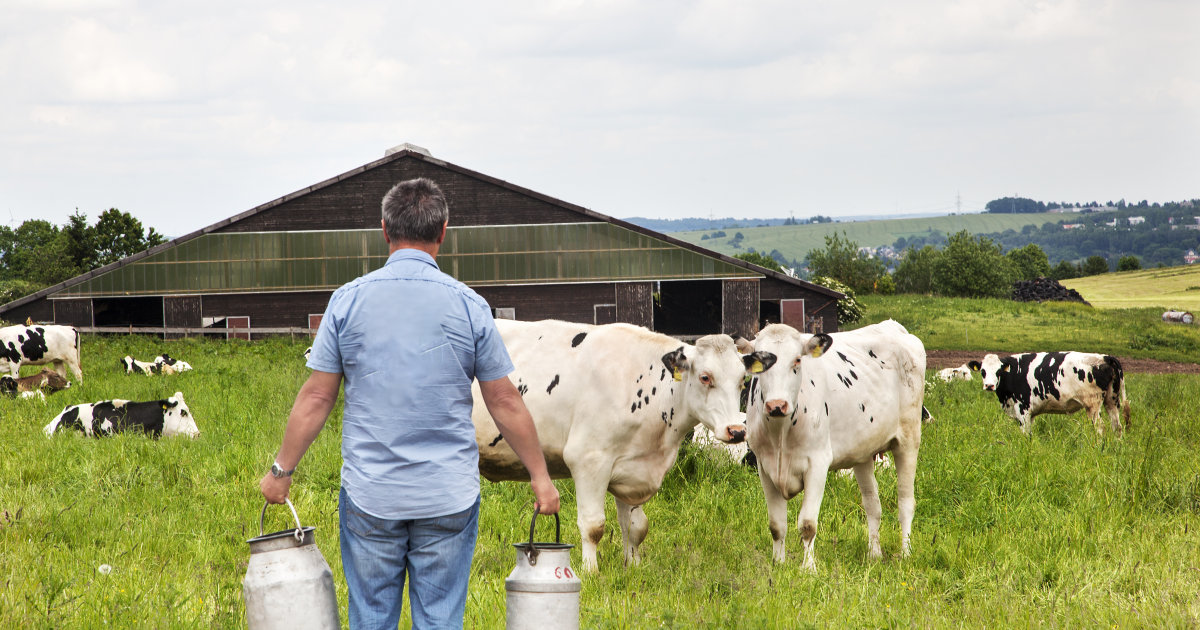
Most human cases of Rift Valley fever are thought to be due to direct exposure to an infected ruminant such as goats, cattle, and sheep. Because of this, jobs which place workers close to livestock are considered at risk occupations. Slaughterhouse workers, veterinarians, laboratory workers, farmers, and herders were found to be among the most common occupations of patients who had contracted the virus. In June of 2018, a Ugandan cattle herder became ill with the hemorrhagic form of the disease and died five days later.
Another fatality involving a Ugandan butcher was reported in 2018. A clinical history determined infection was a result of direct exposure from his occupation. In 2010, a veterinarian in Zaire contracted the illness after conducting post-mortem examinations of cattle. The vet's symptoms included photophobia (pain in the eyes on exposure to light), severe muscle and joint pain, and severe headache. In regions where the Rift Valley virus occurs, protective clothing for workers coming into contact with livestock is an important safety measure. Controlling mosquito vectors, monitoring epidemic flare-ups, and vaccinating herds will help to decrease the chance of infection.
